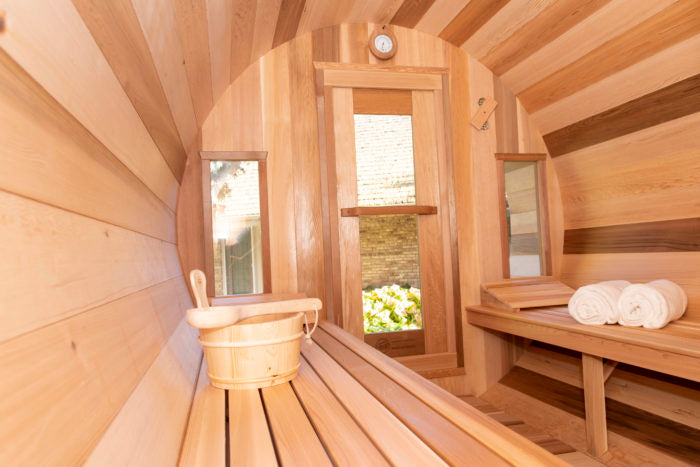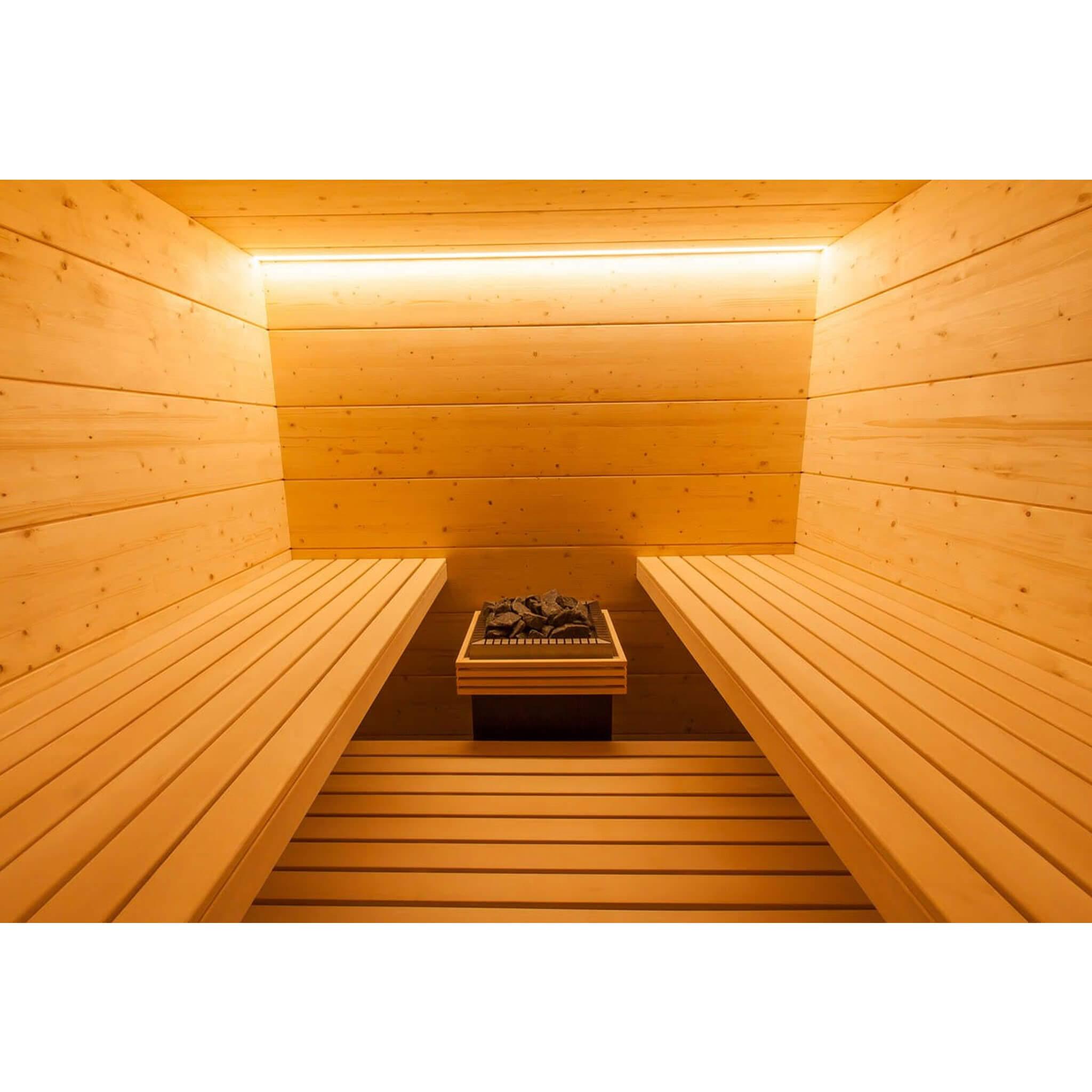About Traditional Sauna
Facts About Traditional Sauna Uncovered
Table of ContentsFacts About Traditional Sauna UncoveredNot known Facts About Traditional SaunaRumored Buzz on Traditional SaunaOur Traditional Sauna IdeasThe Best Guide To Traditional Sauna
Many of the weight shed in a sauna is water loss and is re-gained upon rehydrating. Without an uncertainty sauna can be a crucial component of a healthy weight loss program. To take a look at the distinctions in between typical and IR saunas, I will certainly divide these into verifiable, academic, and made distinctions.Therefore, the hottest factor in the saunawhich is at the ceiling straight over the sauna heateris generally between 185 and 190 F. Claims that a typical sauna exceeds 200 F is simply not real and not applicable for electrical saunas marketed in the United States. The temperature for a far-infrared sauna is usually set in between 120 and 140 F; nonetheless, unlike the standard sauna, the objective in and IR space is not to attain a heat.
Since of this, the temperature difference is virtually unnecessary, given that excessive sweating results in both sauna types, yet the method of heating the body is various. In an IR sauna the bather will feel warm and will sweat profusely, but at much reduced temperatures (Traditional Sauna). Therefore, if the goal is to spend longer time periods in the sauna, the IR sauna is a good choice
When a traditional sauna has actually been properly heated up, the sauna wall surfaces are warm, the air temperature level has attained set temperature and the rocks are incredibly heated. As an intriguing side note, the heated walls and the rocks are giving off far-infrared heat, combined with the heated air, to produce an "wrapping up heat".
Not known Factual Statements About Traditional Sauna

When the heat is attained, the aspects cycle on and off to preserve the heat. Many typical sauna individuals take pleasure in pouring water over the rocks to create steam to elevate sauna moisture levels. The advantages of putting water over the rocks include: making the space a lot more comfortable, dampening the nasal flows, and allowing the use of aromatherapy by mixing important oils with the water.

When the energy enters the body, it causes the body temperature to increase and eventually this article leads to sweating. In an infrared sauna it's essential for the emitters/heaters to continue to be on virtually frequently. Considering that there is no mass of rocks to retain warmth, the sauna will cool down if the emitters shut off.
As mentioned above, the sauna bather in an infrared area intends to position himself in front of running emitters to obtain maximum take advantage of the warmth. The home heating time for the 2 areas can be very different, depending upon just how the rooms are utilized. For a conventional sauna, a bather needs to allow 30-40 mins for the space to achieve a preferred temperature level and to properly pre-heat the rocks.
Traditional Sauna Things To Know Before You Get This
A well created sauna will usually accomplish a temperature of 150-160 F in regarding 30-40 minutes. For hotter temperatures, the room may need to heat for a longer duration.

Traditional saunas often tend to be bigger (for this reason why not try this out utilize more electrical power) than infrared saunas, although traditional saunas are certainly readily available in one and two person dimensions also. For a two-person typical sauna, 5x6 or 5x7 you could try these out dimension is most popular. The leading bench can pleasantly seat two or 3 people and is likewise enough time to rest throughout the sauna session.
Traditional Sauna Things To Know Before You Get This
The ordinary cost per kWH of electrical energy in the united state is roughly $0.11, so a 4.5 kW heating system will set you back about $.50 to run for one hour, if the heater runs constantly for one hour. Normally a sauna heater will compete 75% of the initial hour and 50% of subsequent hours on since the components cycle once the established temperature level is attained.

There is a rarely reviewed difference in the social experience in between the two spaces. While our society has shed some of the social advantage of the typical sauna experience, it can be very socially gratifying (Traditional Sauna). From family time in the sauna, to heart-felt discussions with loved ones, to sauna partiesthe traditional sauna experience can lead to intimate mingling
Traditional Sauna Fundamentals Explained
The majority of higher end infrared spaces consist of colored light treatment, sound systems and full-glass fronts.